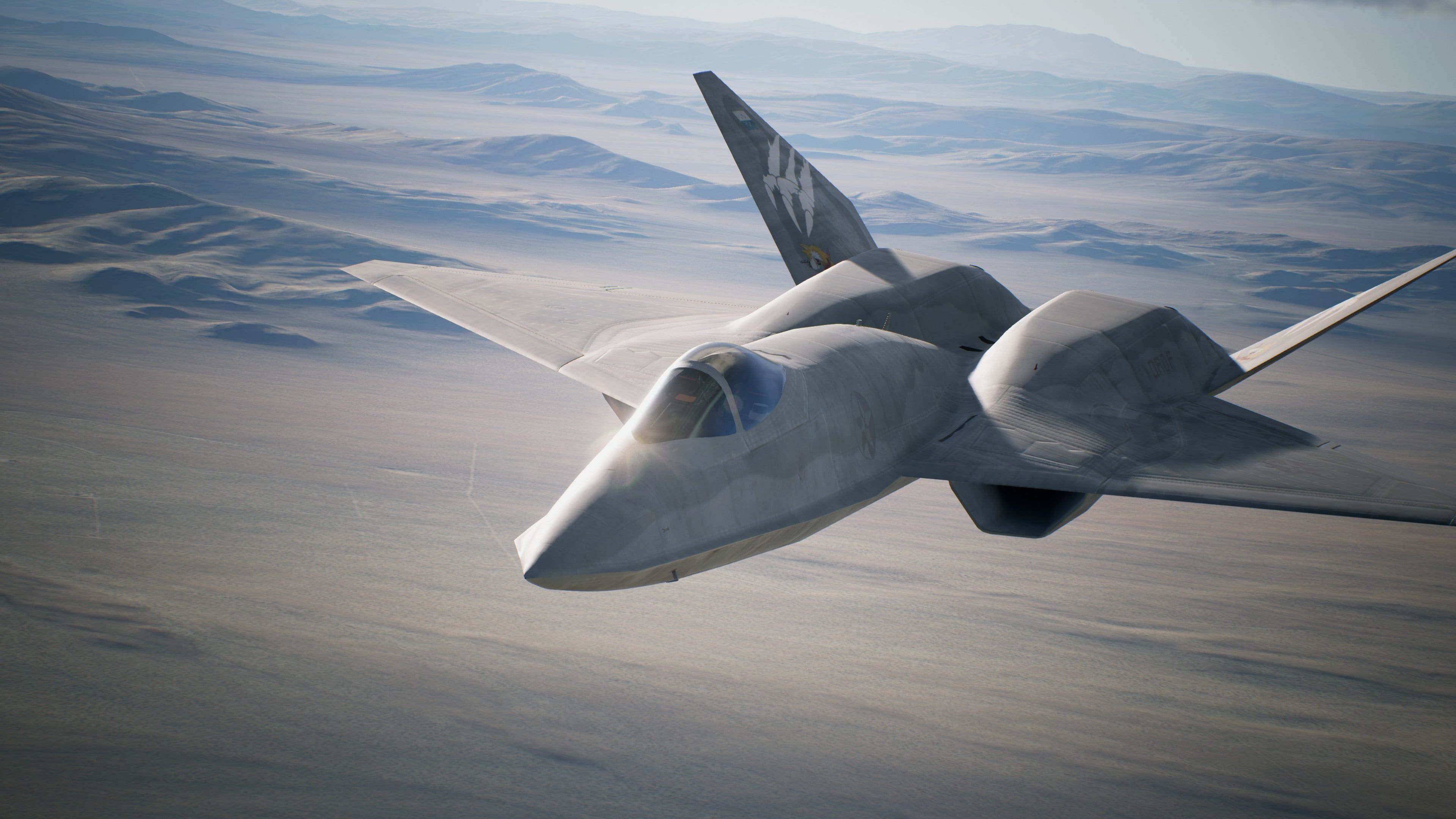In the early 1990s, the United States Air Force embarked on a journey to develop the next generation of air superiority fighters through the Advanced Tactical Fighter (ATF) program. Two cutting-edge prototypes emerged as contenders in this high-stakes competition: the Northrop YF-23 and the Lockheed YF-22. Although the YF-23 ultimately did not win the contract, its groundbreaking design and technological innovations left an indelible mark on the history of military aviation.

A Vision of the Future: The Design of the YF-23
The YF-23, also known as the “Black Widow II,” was developed by Northrop Grumman in partnership with McDonnell Douglas. The aircraft’s design was a radical departure from traditional fighter jets, emphasizing stealth, speed, and agility. With its sleek, diamond-shaped wings and V-shaped tail, the YF-23 looked like something out of a science fiction movie—a testament to its advanced engineering.
One of the primary goals of the YF-23 was to achieve superior stealth capabilities. The aircraft was designed with a reduced radar cross-section, making it difficult for enemy radar systems to detect. This was achieved through its unique shape, the use of advanced composite materials, and specialized coatings that absorbed radar waves. The YF-23’s stealthiness was further enhanced by its internal weapons bays, which allowed it to carry missiles and bombs without compromising its radar profile.
In addition to its stealth, the YF-23 was designed to be incredibly fast and maneuverable. The aircraft was powered by two advanced engines, either the Pratt & Whitney YF119 or the General Electric YF120, both of which provided significant thrust while maintaining a low infrared signature. The combination of stealth, speed, and agility made the YF-23 a formidable opponent in air-to-air combat scenarios.
![YF-23 Black Widow II [Add-On] - GTA5-Mods.com](https://img.gta5-mods.com/q95/images/yf-23-black-widow-ii-add-on/bc5d48-Grand%20Theft%20Auto%20V%2009.24.2017%20-%2019.21.08.24.jpg)
The Advanced Tactical Fighter (ATF) Program: A Historic Competition
The ATF program was initiated by the U.S. Air Force to develop a new generation of fighter aircraft that could maintain air superiority well into the 21st century. The competition pitted the YF-23 against the Lockheed YF-22, with both aircraft undergoing rigorous testing to evaluate their performance, stealth capabilities, and potential for future upgrades.
During the flight trials, the YF-23 demonstrated impressive capabilities. It proved to be incredibly fast, capable of supercruise—a sustained supersonic flight without the use of afterburners. This feature was critical for maintaining air superiority while conserving fuel. The YF-23 also exhibited excellent agility, despite its larger size compared to the YF-22, and its stealth characteristics met the Air Force’s stringent requirements.
However, the YF-23’s strengths were not enough to secure the win. In April 1991, the U.S. Air Force announced that the Lockheed YF-22 had won the ATF competition, leading to the development of the F-22 Raptor. The decision was influenced by several factors, including the YF-22’s superior maneuverability in close-range dogfights and its potential for further development into a multirole fighter.

The Legacy of the YF-23: A Design Ahead of Its Time
Despite its loss in the ATF competition, the YF-23 remains an iconic aircraft in the history of aviation. Its advanced design and innovative features influenced the development of future stealth aircraft, both in the United States and abroad. The YF-23’s legacy can be seen in various modern fighter jets, which have adopted its stealth principles and design philosophy.
One of the most significant contributions of the YF-23 was its role in advancing stealth technology. The lessons learned from the YF-23’s development helped shape the design of subsequent stealth fighters, such as the F-35 Lightning II and the B-2 Spirit bomber. Additionally, the YF-23’s use of composite materials and advanced aerodynamics set new standards for aircraft design, pushing the boundaries of what was possible in the 1990s.
The YF-23 also left a cultural legacy, becoming a subject of fascination for aviation enthusiasts and military historians. Its distinctive appearance, coupled with its status as a “what could have been” aircraft, has made it a popular topic in discussions about military technology and the evolution of air combat.

Conclusion: The YF-23’s Enduring Influence
The story of the YF-23 is one of innovation, ambition, and ultimately, a narrow defeat. Although it did not become the U.S. Air Force’s next-generation fighter, the YF-23 played a crucial role in shaping the future of military aviation. Its advanced stealth, speed, and design innovations continue to influence aircraft development today, serving as a reminder of the relentless pursuit of excellence in aviation.
The YF-23 may not have won the ATF competition, but its contributions to the field of stealth technology and fighter aircraft design are undeniable. As we look to the future of air combat, the YF-23 stands as a testament to the ingenuity and vision of the engineers who dared to push the limits of what an aircraft could achieve.





